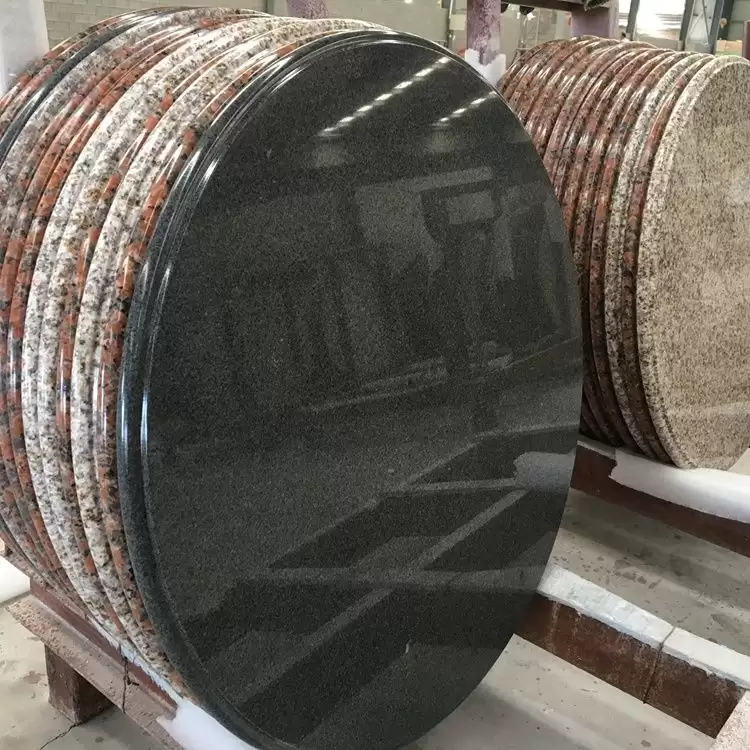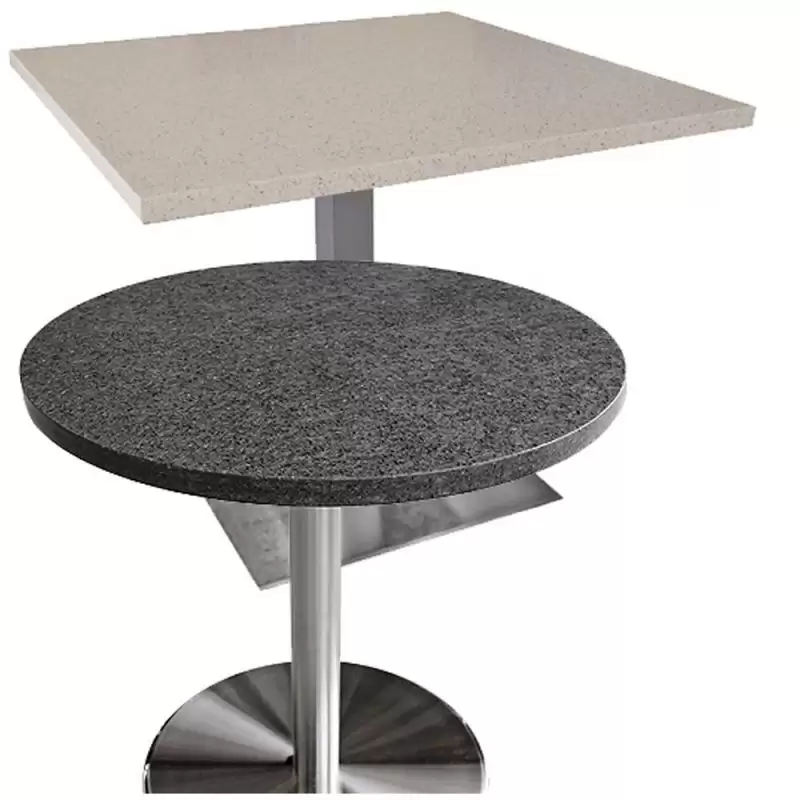What is the Product?

Granite is actually a combination of quartz, mica and feldspar. Engineered stone is 93% quartz based on weight; the rest is a mix of resin, glass, dyes ect. It starts off as a powdered mix and is pressed into slabs. While there are several brand names of engineered stone on the market today, most are generally made using the Breton machinery. Additionally the same colors of quartz crystals are used in all brands, and the different shades of material are actually achieved through dyes. Engineered Marble is also available with characteristics similar to natural marble. They are going to do all the things that natural marble does, it will etch.
Cleaning Issues
The myth that granite harbors bacteria is just that. You cannot get customers to believe this. Bacteria need a food source. It can’t eat granite. If you are going to be a messy housekeeper and leave food out on the counter, you will get bacteria no matter what type of countertop you have.
Many tests have been conducted over the years to prove the cleanability of granite. In particular, there was a test that was performed by the Hospitality Institute of Technology and Management. The first cleaning was done with soap and water. Granite had the biggest reduction in germs. In terms of cleanability, granite is very good. It is very dense.
Color Matching
While it should be a known fact that granite is a natural material and therefore has color variation and veining, it should be pointed out that there is some color variation with engineered stone as well. It’s better than granite, but not a perfect product. You have to make your customers aware that it is not perfect. Between lots, there can be a total variation.
Temperature Tolerance
Another interesting fact was the temperature tolerance of both granite and engineered stone. Granite can hold 2,000+ degrees. You can put a hot pot on it. I have seen where a house burned, and people went in and salvaged the granite and cleaned it.
On the other hand, the resin in engineered stone melts around 400 degrees. The problem with engineered stone is still the same with solid surface, cooling and expansion. It will create blistering. You can actually set engineered stone on fire with a blow torch.

Other Issues
There is a difference between the gloss of granite and the gloss on engineered stone. Engineered stone doesn’t get as high of a degree of polish, and this sometimes can be disappointing to a customer. There is definitely a visible difference in polish between the two.
In our opinion, both are good products. I wouldn’t sell engineered stone if I didn’t think it was a good product. It fills a void for people who want consistency.2019-06-25